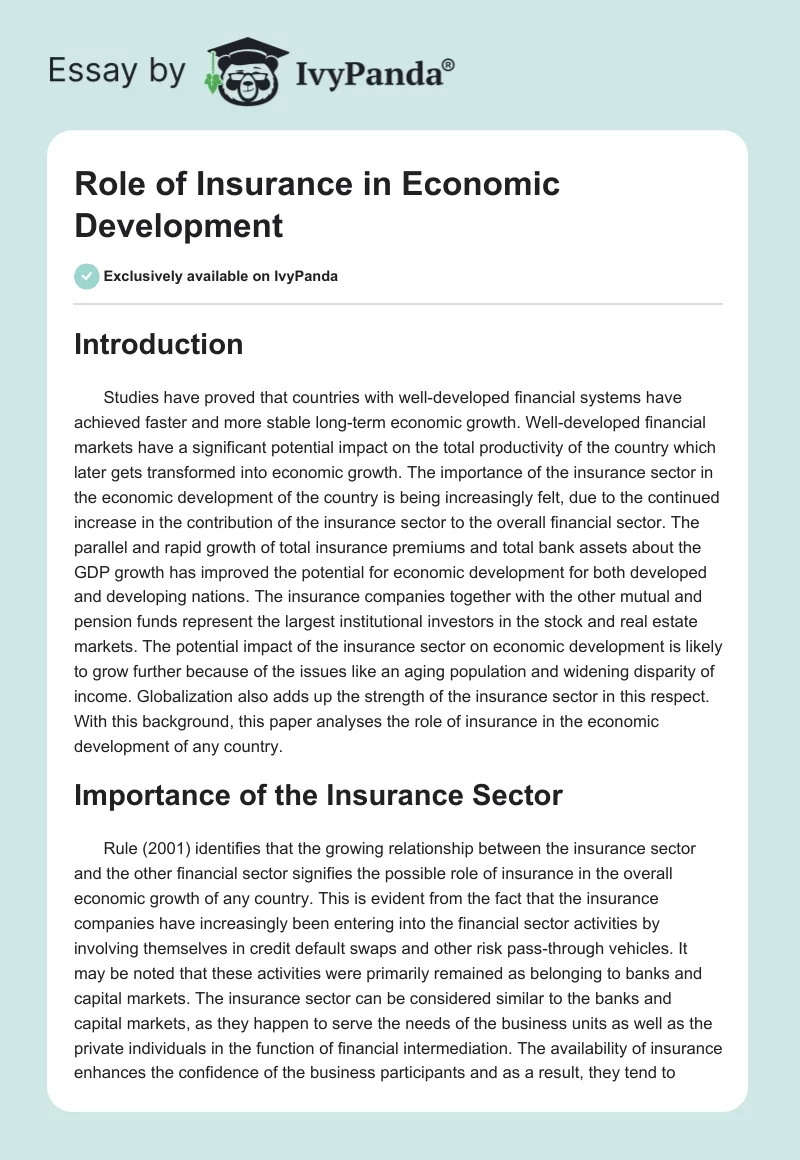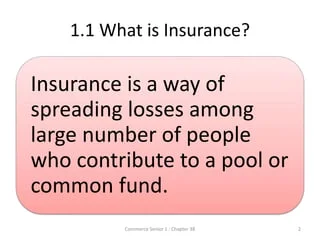Pacific Prime Fundamentals Explained
Pacific Prime Fundamentals Explained
Blog Article
How Pacific Prime can Save You Time, Stress, and Money.
Table of ContentsPacific Prime Fundamentals ExplainedExamine This Report about Pacific PrimeThe Facts About Pacific Prime UncoveredGet This Report on Pacific Prime5 Easy Facts About Pacific Prime Described

This is because the data were collected for a period of strong financial efficiency. Of the approximated 42 million individuals that were without insurance, almost concerning 420,000 (concerning 1 percent) were under 65 years old, the age at which most Americans end up being eligible for Medicare; 32 million were grownups between ages 18 and 65, around 19 percent of all adults in this age; and 10 million were kids under 18 years old, regarding 13.9 percent of all children (Mills, 2000).
These estimates of the variety of persons uninsured are created from the yearly March Supplement to the Existing Population Study (CPS), conducted by the Census Bureau. Unless otherwise noted, national quotes of individuals without medical insurance and percentages of the population with different type of protection are based on the CPS, one of the most widely used resource of price quotes of insurance policy coverage and uninsurance prices.
The Of Pacific Prime

Still, the CPS is specifically beneficial since it generates annual quotes relatively promptly, reporting the previous year's insurance protection approximates each September, and because it is the basis for a consistent set of price quotes for greater than twenty years, permitting evaluation of fads in insurance coverage over time. For these reasons, along with the comprehensive use the CPS in other studies of insurance coverage that exist in this record, we count on CPS price quotes, with limitations kept in mind.

The price quote of the number of uninsured people increases when a population's insurance policy standing is tracked for numerous years. Over a three-year duration beginning early in 1993, 72 million people, 29 percent of the united state populace, were without coverage for at the very least one month. Within a solitary year (1994 ), 53 million people experienced a minimum of a month without protection (Bennefield, 1998a)
6 out of every ten uninsured adults are themselves used. Functioning does improve the possibility that one and one's family members will have insurance coverage, it is not a guarantee. Also participants of families with two full-time wage earners have virtually a one-in-ten possibility of being without insurance (9.1 percent uninsured rate) (Hoffman and Pohl, 2000).
What Does Pacific Prime Mean?
New immigrants represent a significant proportion of individuals without health insurance coverage. One evaluation has associated a substantial part of the current development in the size of the united state without insurance population to immigrants that arrived in the country in between 1994 and 1998 (Camarota and Edwards, 2000). Current immigrants (those who concerned the USA within the past 4 years) do have a high rate of being uninsured (46 percent), yet they and their kids make up just 6 percent of those without insurance policy nationally (Holahan et al., 2001).
The relationship between medical insurance and accessibility to care is well developed, as recorded later in this phase. Although the relationship between medical insurance and health results is neither straight nor straightforward, a considerable scientific and wellness solutions study literature links medical insurance protection to enhanced access to care, much better quality, and improved individual and populace her explanation health status.
Levels of evaluation for analyzing the impacts of uninsurance. It concentrates specifically on those without any kind of health and wellness insurance policy for any type of size of time.
The Best Strategy To Use For Pacific Prime
The issues encountered by the underinsured are in some areas comparable to those faced by the uninsured, although they are typically much less serious. Wellness insurance, however, is neither needed nor enough to acquire accessibility to medical services. The independent and direct result of health insurance policy coverage on access to health services is well developed.
Others will get the health and wellness care they require even without health insurance coverage, by paying for it expense or seeking it from suppliers who use care cost-free or at extremely subsidized prices. For still others, health and wellness insurance alone does not ensure receipt of treatment due to other nonfinancial obstacles, such as a lack of health care carriers in their community, minimal access to transportation, illiteracy, or linguistic and social differences.
The smart Trick of Pacific Prime That Nobody is Discussing
Official research regarding uninsured populations in the United States dates to the late 1920s and very early 1930s when the Committee on the Price of Healthcare generated a collection of reports concerning financing medical professional workplace sees and hospitalizations. This concern became prominent as the numbers of medically indigent climbed throughout the Great Clinical depression.
Report this page